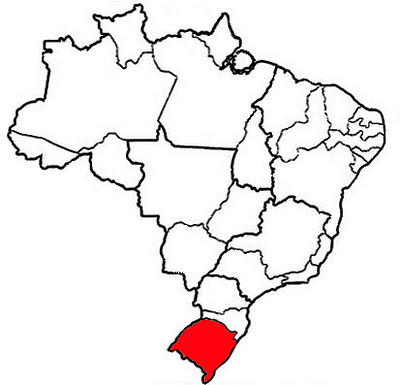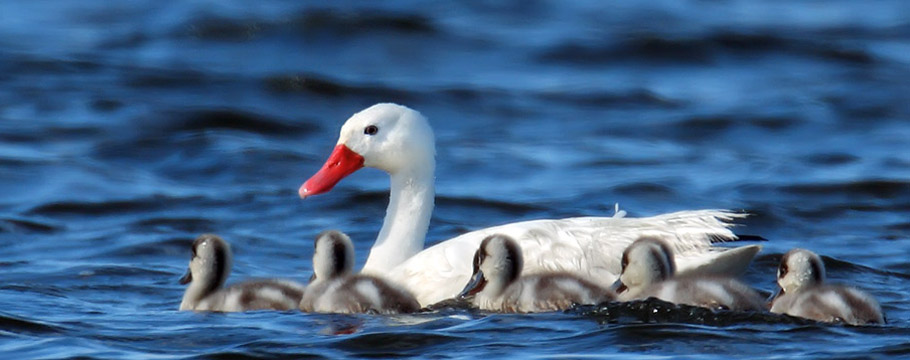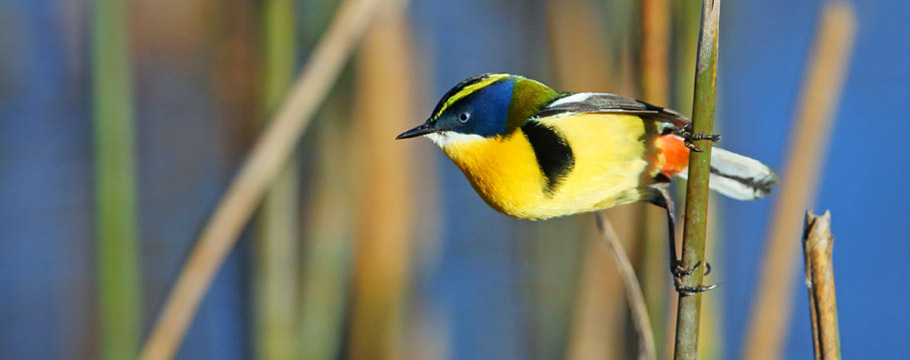Private Tour
Lagoa do Peixe National Park
Recommended itinerary 5 to 6 days
 Rio Grande do Sul State
Rio Grande do Sul State
Tavares and Mostardas are two towns in the centre of the sandy peninsula that separates the Lagoa dos Patos, a huge lagoon stretching 270 km from Porto Alegre to Rio Grande, from the Atlantic Ocean. The Lagoa do Peixe National Park, 230 km by good roads from Porto Alegre, is the highlight of the region.
This 34,000 ha reserve encompasses the whole of the Lagoa do Peixe, a lagoon unique on the coast of Brazil because of its semi permanent connection with the ocean.
The lagoon is shallow, with extensive mud and sand flats, where Chilean Flamingo, Black-necked and Coscoroba Swan and sandpipers abound. It is bordered by salt marshes, home of Dot-winged Crake and Bay-capped Wren-Spinetail, and sandy grasslands and dunes, where Correndera Pipit, Hudson’s Canastero and Common Miner can be found.
The park also protects a large tract of restinga forest. To the north of the lagoon there are freshwater wetlands with ducks, coots and grebes and species like Curve-billed Reedhaunter, Pinnated Bittern, Brown-and-yellow Marshbird, Gilded Hummingbird, Spectacled Tyrant, Red-crested Cardinal, Wren-like Rushbird and Many-colored Rush Tyrant, and Red-and-white Crake.
8 km of sandy ocean beach lie within the park. A drive along the beach will give views of hundreds of shorebirds, such as Sanderling and Red Knot, as well as gulls and terns. To the west of Tavares and Mostardas there is a freshwater lagoon system, lined with marshes and rice fields, which drains into the Lagoa dos Patos. Freshwater marsh species, especially ducks, coots, tachuris and doraditos are easily observed here.
Combined tour
This tour can be combined with any of the following:




